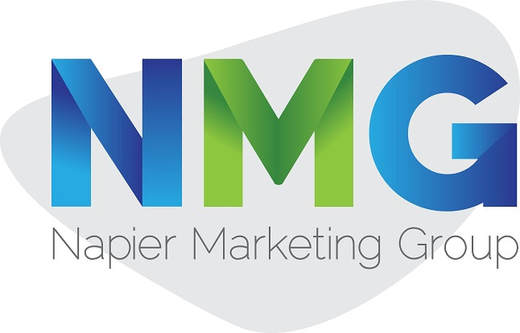How To Build a Bona Fide Blogging Presence in 2020
In 2020, content remains king. Everyone who’s anyone nowadays has a blog highlighting their expertise in a given topic. While only 8% of Google searches are explicitly formatted as questions, anyone using the search giant is looking for answers. And as a blogger, your number one job is to provide the ones they’re looking for. In this guide, we walk you through how to build a bona fide online presence in 2020 from generating the idea through to publicizing your website.
Idea: think nich
Everyone is unique, with their own unusual interests and expertise. When it comes to choosing a blog idea, you don’t have to do anything radical, just something slightly different. After all, there are millions of travel blogs out there, but maybe only a handful of them focus on different paragliding spots around the world. Thinking in terms of a niche is important: is there going to be a market for the content you intend to create? The million-dollar question: are there like-minded hobbyists willing to read the kind of posts you want to write?
Host and domain: think affordable
It all starts with a website. To get yours live, you need two fundamentals: a domain name and host. A domain name is the web address that people type in order to reach your site. Your host is what allows people to view your site when they type the address; it’s where your data is stored. Domain prices vary but you can probably purchase an entry-level domain for as little as £5 per month on a rolling contract. Hosting prices vary considerably, so you could pay anywhere from £2.50-£2500 for your server space. A good starting option is Krystal.uk, who offer affordable managed WordPress hosting for mid-level bloggers.
Website: think custom
Once you’ve got your host and domain sorted, all that’s left is to build the thing itself. This is no mean feat. Web design is an art form all of its own. Luckily for you, WordPress can take care of a lot of the basics for you. It’s as easy as downloading the software, picking a template and making some straightforward tweaks. Of course, you’ll need some customization to really help your personal brand stand out.
In the meantime, look to personalize your site in small ways that underpin your unique value proposition as a blogger. High-quality photography, multimedia content, scrolling transitions and responsive design will all help to enhance user experience (UX) on your website. To put it starkly, one study found that blogs with images receive 94% more views than blogs without images.
And of course, never skimp on your content. Make it readable, make it entertaining, make it original. When you’re starting a blog, it’s a good idea to come up with a backlog of usable content to ensure you’re putting out bi-weekly posts. As a general rule, the more content you can put out the better. Of course, you should never prioritize quantity over quality.
In the meantime, look to personalize your site in small ways that underpin your unique value proposition as a blogger. High-quality photography, multimedia content, scrolling transitions and responsive design will all help to enhance user experience (UX) on your website. To put it starkly, one study found that blogs with images receive 94% more views than blogs without images.
And of course, never skimp on your content. Make it readable, make it entertaining, make it original. When you’re starting a blog, it’s a good idea to come up with a backlog of usable content to ensure you’re putting out bi-weekly posts. As a general rule, the more content you can put out the better. Of course, you should never prioritize quantity over quality.



